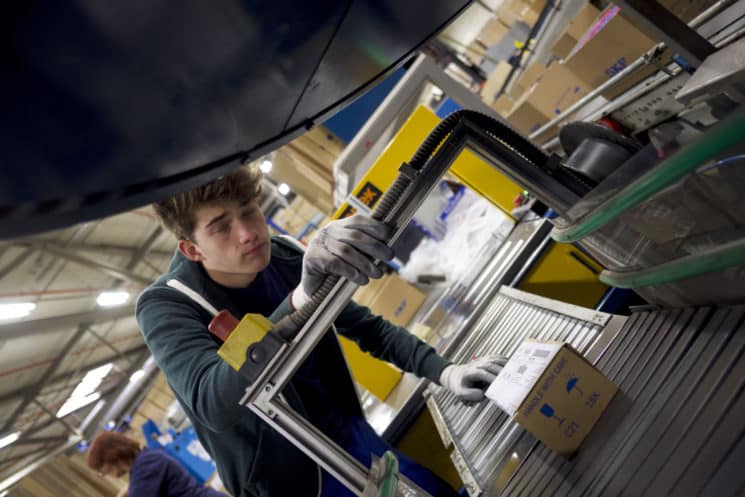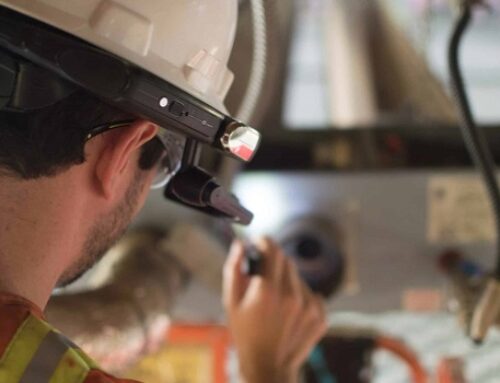
The digital revolution, which is undoubtedly the main source of change in the industry, is changing its structure and organization. At the same time, it brings about change even in the workstations. New technologies shape the technician’s environment and the way he acts. The technical and organizational changes we are witnessing today foreshadow the operator of tomorrow.
The factory of the future is well underway
Even if companies do so at different rates and degrees, most of them are well and truly engaged in a process of evolution towards the digital age. Many of the features of the plant of the future are already being implemented, such as the use of mobile media – tablets and smartphones – and the transition to the “all connected“. The machines are now interconnected, real-time monitoring can be ensured through mobile applications and we are even moving towards the generalization of interconnected plants.
The factory of the future is therefore intended to be digital, flexible, intelligent and connected, but it also promises to be more in tune with environmental and societal issues. The human factor, therefore, remains at the heart of these changes. The industry of tomorrow has no choice but to optimize its resource consumption and reduce its waste production in particular. Besides being more economical and efficient, the goal is also to preserve its image with the public and its own employees. The health, safety, well-being and sense of involvement of technicians remain crucial to their work performance.
An in-depth transformation of the way of working
It is clear that the work of the technician of yesterday has nothing to do with that of the operator of today, much less that of the one who will work in contact with production equipment in the future. Working conditions continue to improve as tools and procedures are modernized to create less and less stressful and more intuitive working environments. Complex and constraining tasks are now assigned to dedicated robots.
The technician has all the information he needs to ensure the proper functioning of the machines by consulting his mobile support or, even more, “spectacular”, his augmented reality device; connected glasses that directly display the necessary data in the field of view of the operator or maintenance technician, for example. Thus, it becomes possible to know, with precision and in real-time, the state of use of a machine and thus to anticipate any downtime (breakdown, revision, repair…).
Ongoing training and development
To keep pace with these transformations, the industry is having to rethink its businesses, and even create new ones. New skills are emerging, such as the robotics technician, the GPEC manager (job and skills planning management), the supply chain manager or the digital data manager.
For their part, operators and technicians are constantly being trained to keep abreast of innovations in terms of tools and working methods. For them, being introduced to new ways of doing things and being trained to operate complex equipment in their respective positions certainly provides a rewarding feeling and an additional source of motivation.
A dedicated tool
Picomto allows companies to create digital and visual work instructions for workers and technician. Contact us for a demo.




Leave A Comment